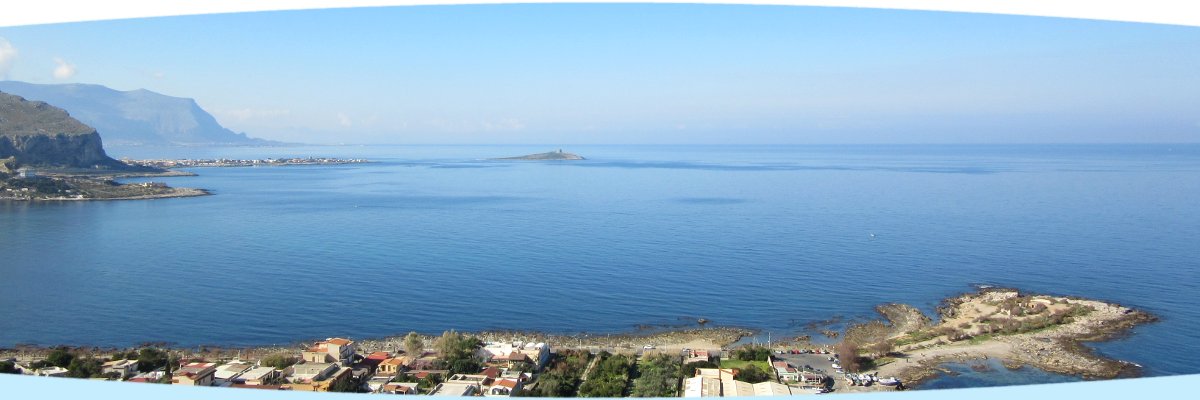The corrosion of bolts is increasingly being discussed, especially of the often used expansion anchors (also called wedge anchor). In coastal climbing areas the climatic conditions can take a toll on this belay material, which remains permanently in the wall. Because they also can be found in the routes listed on my page here, I would like to compile a few aspects about them in the following.
Wedge anchors are available in normal steel (mostly galvanized), but often stainless steel wedge anchors are used because they are more resistant. Below is a more detailed subdivision of the types of steel.
Protection of the presented tours:
In the belay stations the bolts are made of A4 stainless steel rings. In the pitches there are also A4 bolts with hangers in a few places and mostly normal pegs, threads with in situ slings and many possibilities for Friends and nuts.
In a few cases wedge anchors made only of A2 steel or normal steel were used in the first routes:
A list of this tours will follow here…
Types of steel
- Normal steel is not really resistant to corrosion in areas near the sea.
- V2A steel (A2 stainless steel) is more corrosion resistant, but under aggressive conditions (for example de-icing salt or salty air and rain near the sea) it is also susceptible to rust. It often accumulates flash rust on the surface quite quickly.
- V4A steel (A4 stainless steel) is much more corrosion resistant. Depending on the environmental conditions certainly also not durable forever, but a clear difference from V2A steel.
- HCR steel is even more resistant, but as far as I know it is still hardly used.
- Titanium is extremely corrosion resistant, but only available for gluing in. For glue in bolts the application technique and the durability of the glues have to be considered.
In general, it is not possible to define the lifetime in years, because the combination of temperature, humidity, salinity in the air, wind, rainwater and the type of rock influences the natural corrosion process very differently.
The main forms of corrosion I divide into the following three areas:
Types of corrosion
- Glavanic corrosion occurs when two different types of metal are in contact for a longer period of time. The more noble metal attacks the less noble metal and begins to decompose it. For example, when an expansion anchor made of stainless steel and a hanger made of galvanized steel are used together. Especially to avoid is the combination the other way around (galvanized expansion anchor and hanger made of V2A).
The combination of a V4A expansion anchor with a hanger made of V2A steel should also be avoided if possible. The rapid accumulation of flash rust on the V2A material promotes corrosion on the V4A anchor. - Normal corrosion (mostly pitting and crevice corrosion) starts where the protective layer on the stainless steel surface is damaged. This layer regenerates itself with oxygen from the air. But at nicks, scratches and places where not enough air is added, the corrosion process starts. These holes in the layer can be very small and not visible from the outside.
- Stress corrosion cracking ( SCC ) occurs when a metal part is under continuous stress (e.g. the tensile stress in an expansion anchor) and corrosive conditions act on it.
From a report of the UIAA and an informative article on a climbing blog, I understand that the “normal corrosion” is dominant. The stress corrosion cracking acts depending on the existing conditions in addition.
Finally
It is not easy to find out from a bold in the wall what material it is made of. Sometimes you can find the inscription with A2 or A4, or you can see the difference between stainless steel and normal steel by the color of the metal.
Because of this when climbing, especially at the belay stations, it is advisable to look for extra belay points near bolts in addition to an eye check. Also it can be helpful to pay attention to the opening date of the tours or to the date of a renovation. You may be able to get tips and advice from climbers who already know an area or from local climbers.

